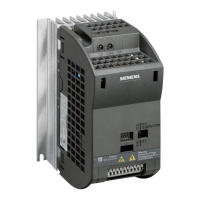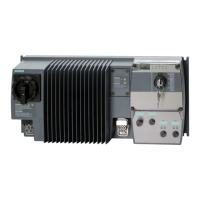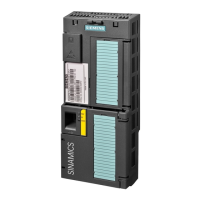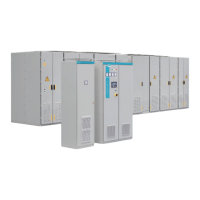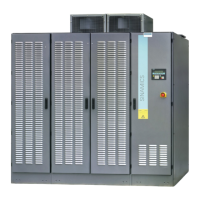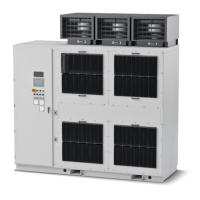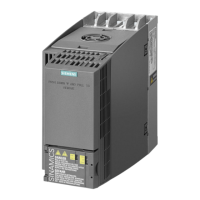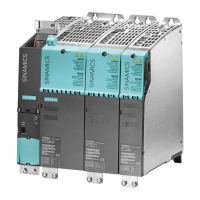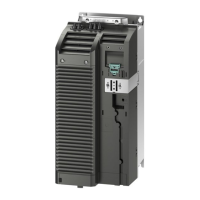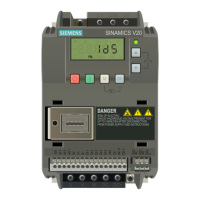The converter can control a motor holding brake. The motor holding brake holds the motor in
position when it is switched o.
Motor holding brake (Page224)
The free function blocks permit congurable signal processing within the converter.
Free function block (Page230)
You can select in which physical units the converter represents its associated values.
Selecting physical units (Page230)
Safety functions
The safety functions fulll increased requirements regarding the functional safety of the drive.
Safe Torque O (STO) safety function (Page233)
Setpoints and setpoint processing
The setpoint normally denes the motor speed.
Setpoints (Page255)
The setpoint processing uses a ramp-function generator to prevent speed steps occurring and
to limit the speed to a permissible maximum value.
Setpoint processing (Page265)
Technology controller
The technology controller controls process variables, e.g. pressure, temperature, level or
ow. The motor control receives the setpoint either from the higher-level control or from the
technology controller.
PID technology controller (Page275)
Motor control
The motor control ensures that the motor follows the speed setpoint. You can choose
between various control modes.
Motor control (Page282)
The converter provides several methods to brake the motor electrically. During electrical
braking, the motor develops a torque that reduces the speed to standstill.
Electrically braking the motor (Page309)
Protection of the drive and the driven load
The protection functions prevent damage to the motor, converter and driven load.
Overcurrent protection (Page315)
Converter protection using temperature monitoring (Page316)
Advanced commissioning
7.1Overview of converter functions
SINAMICS G115D Wall Mounted distributed drive
130 Operating Instructions, 07/2023, FW V4.7 SP14, A5E52808211A AA
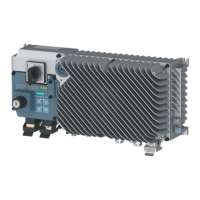
